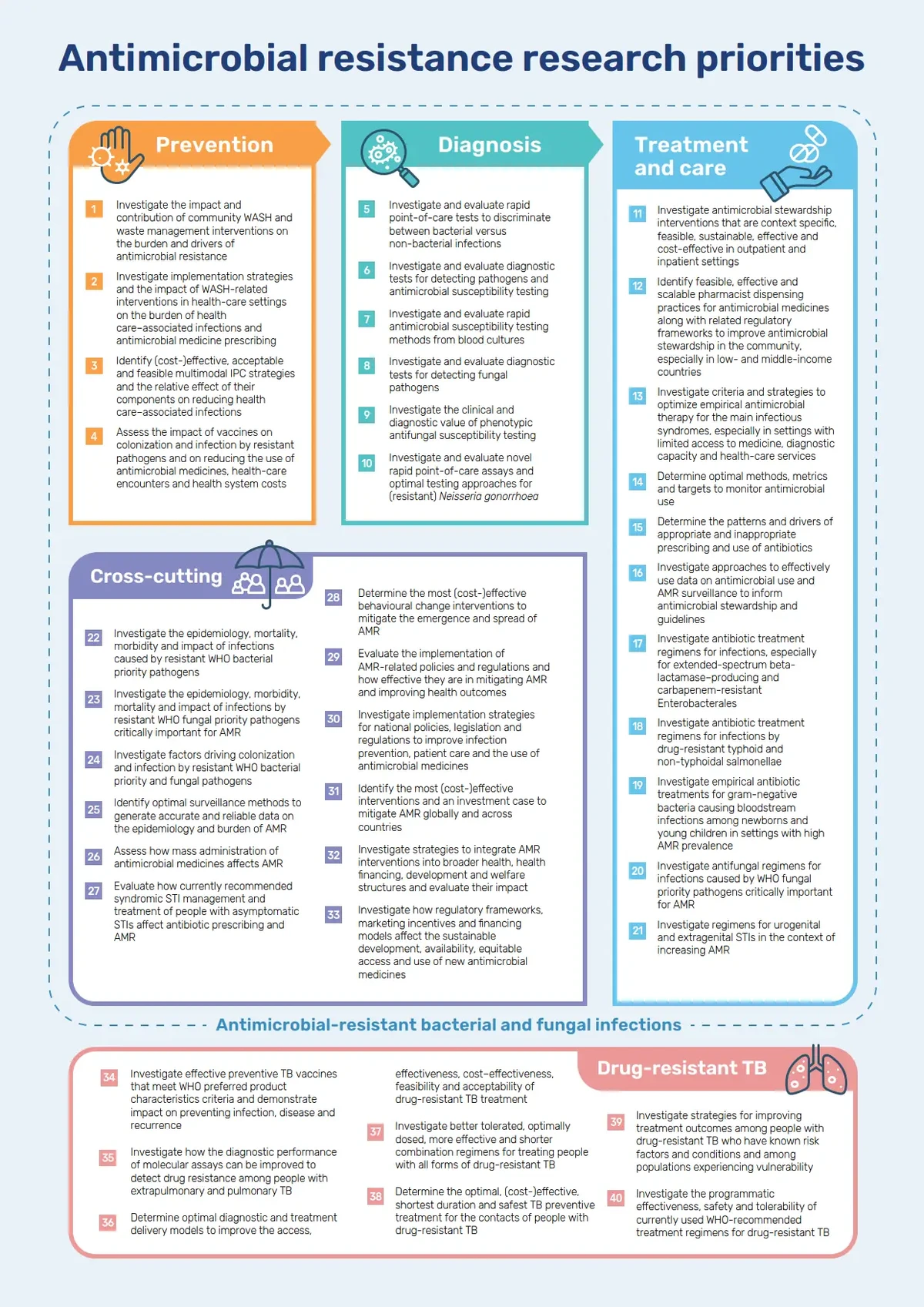===================================================
Introduction
Covariance is one of the most important statistical tools in quantitative trading, as it measures how two financial assets move in relation to each other. Understanding how to calculate covariance in quantitative trading allows traders and portfolio managers to identify relationships between stocks, cryptocurrencies, bonds, or other instruments, and use these relationships to build diversified, risk-adjusted strategies.
In this article, we’ll explore step-by-step methods to calculate covariance, compare manual formula-based approaches with Python implementations, and analyze their advantages and drawbacks. We will also examine practical use cases, including portfolio management, risk assessment, and algorithmic trading. Drawing from personal experience and industry best practices, I’ll demonstrate how traders can effectively integrate covariance into their workflow.
What Is Covariance in Quantitative Trading?
Definition of Covariance
Covariance is a statistical measure that captures how two variables (such as asset returns) move together:
- Positive covariance: When one asset’s return increases, the other tends to increase.
- Negative covariance: When one asset’s return increases, the other tends to decrease.
- Near-zero covariance: No significant linear relationship exists between the two assets.
Why Covariance Matters
Covariance is crucial in finance because it:
- Helps measure portfolio diversification
- Assists in risk modeling by understanding asset correlations
- Forms the foundation for correlation coefficients and the Markowitz Portfolio Theory
Traders often ask, “Why covariance is important in portfolio management?” The answer lies in its ability to balance risk. Combining assets with low or negative covariance reduces overall portfolio volatility.
The Formula for Covariance
The covariance between two assets X and Y is calculated as:
Cov(X,Y)=∑i=1n(Xi−Xˉ)(Yi−Yˉ)n−1Cov(X,Y) = \frac{\sum_{i=1}^{n}(X_i - \bar{X})(Y_i - \bar{Y})}{n-1}Cov(X,Y)=n−1∑i=1n(Xi−Xˉ)(Yi−Yˉ)
Where:
- XiX_iXi = Return of asset X at time i
- YiY_iYi = Return of asset Y at time i
- Xˉ\bar{X}Xˉ = Mean of asset X returns
- Yˉ\bar{Y}Yˉ = Mean of asset Y returns
- nnn = Number of observations

Methods of Calculating Covariance in Quantitative Trading
1. Manual Calculation Using Historical Data
One way to calculate covariance is by using historical returns of assets.
Step-by-Step Process
- Collect asset returns (daily, weekly, or monthly).
- Calculate the mean returns of each asset.
- Compute deviations of returns from their means.
- Multiply deviations of each pair and sum them.
- Divide by n−1n-1n−1.
Example
Suppose you are analyzing BTC and ETH daily returns. If BTC and ETH both rise together frequently, you’ll notice a positive covariance, signaling they move in sync.
Pros
- Transparent and easy to understand
- Teaches fundamental concepts
Cons
- Time-consuming for large datasets
- Prone to calculation errors without automation
2. Using Python for Covariance Calculation
In modern trading, most professionals calculate covariance using Python libraries like NumPy or Pandas.
Example Code
python
Copy code
import pandas as pd
# Sample data for two assets
data = {

0 Comments
Leave a Comment